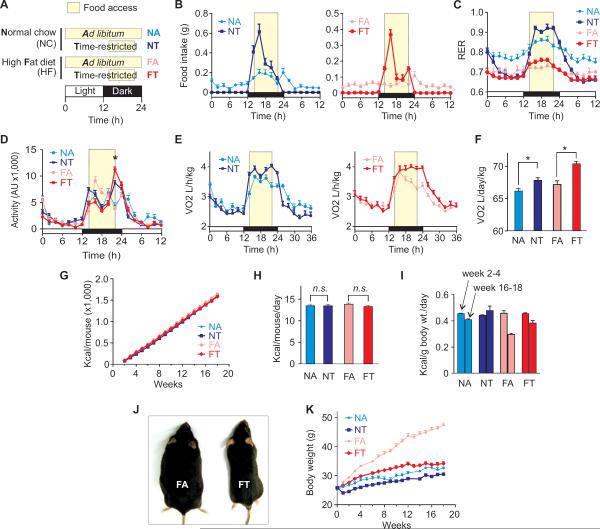Figure 1. Time of feeding shapes diurnal pattern of whole-body metabolism and influences body weight gain.
(A) Schematic outline of four feeding regimens used in this study. Time restricted fed mice were allowed access to food from ZT13 through ZT21. Food availability is indicated by light beige boxes. (B) Food ingested, (C) respiratory exchange ratio (CO2 exhaled/O2 inhaled), (D) average activity (+ SEM, n = 4 mice) and (E) whole body energy expenditure as measured by volume of O2 consumed in 2 h bins plotted against time. Since the high fat (HF) diet is energy rich (5.51 Kcal/g), the mice on HF diet consume equivalent amount of energy as the mice on normal chow (NC) (3.36 Kcal/g). (F) Area under the curve analyses of energy expenditure (from Figure 1E) (+ SEM, n = 4, *p < 0.05). Given the differences in body composition, metabolic activities in different organs and heterogeneity of substrate uses in different groups of mice, both food intake and energy expenditures were expressed relative to individual animal or unit body weight. (G) Cumulative average energy intake or (H) average daily energy intake (+ SEM, n = 24 over 17 weeks) by individual mice on NC or HF diet is not significantly different (n.s., p > 0.05) under ad lib or tRF paradigm. The near equivalent average energy intake from NC and HF diet is not different from several published studies. Voluntary energy intake is often independent of dietary fat content both in rodents and human twins (examples include but are not limited to (Bray et al., 2010; Fujisaka et al., 2011; Hosooka et al., 2008; Kennedy et al., 2007; Lin et al., 2000; Saltzman et al., 1997; Samuel et al., 2004)), and these studies also show irrespective of caloric intake, voluntary ingestion of high fat diet predisposes to obesity, diabetes and related diseases. The higher proportion of energy intake from fat is usually considered the cause for diet-induced obesity in these studies. (I) Average energy intake (+ SEM) normalized to unit body weight shows no difference at the beginning of the experiment. In the subsequent weeks with gradual increase in body weight, this value progressively declines. By the end of 16–18 weeks, mice on tRF consume more energy/unit body weight than the ad lib counterparts. (J) Representative FT mice were remarkably leaner than the FA mice. (K) Average body weight (+ SEM, n = 20 – 32 mice). Also see Figure S1.

